As the seasons change, so do the challenges and opportunities for contractors installing metal roofs. Fall and winter bring unique conditions that can impact the installation process. Here are some key things to keep in mind to ensure a successful and efficient installation during these colder months.
1. Weather Conditions
- Temperature Fluctuations: Metal expands and contracts with temperature changes. Ensure your account for this in your measurements and installation techniques to avoid issues like buckling, oil canning or gaps.
- Precipitation: Rain, snow, and ice can create slippery surfaces and hazardous working conditions. Always check the weather forecast and plan installations on dry days when possible.
2. Safety Precautions
- Proper Gear: Equip your team with appropriate cold-weather gear, including insulated gloves, non-slip boots, and thermal clothing. Safety harnesses and fall protection are crucial, especially on icy surfaces.
- Surface Preparation: Clear any snow, ice, or debris from the roof before starting work. This not only ensures a safer working environment but also helps with the proper adhesion of materials.
3. Material Handling
- Storage: Store metal panels and other materials in a dry, covered area to prevent moisture damage. Care should be taken to store material in a manner that prevents opportunity for standing water.
- Sealants: Use sealants that are rated for cold weather to ensure they perform well under low temperatures. Cold weather can affect the curing time of sealants, so plan accordingly.
4. Installation Techniques
- Temperature considerations: A good rule of thumb is to make sure that the ambient temperature is over 38-40 degrees before install to cut down on as much oil canning and moved from the metal as the temps increased.
- Sealing and Insulation: Proper sealing and insulation are critical to prevent heat loss and condensation issues. Use high-quality insulation materials and ensure all seams and joints are well-sealed.
5. Project Planning
- Timing: Plan your projects to avoid the coldest days of the season. Shorter daylight hours in winter mean less working time, so schedule your workdays efficiently.
- Communication: Keep open lines of communication with your clients about potential weather delays and the importance of safety measures. Setting realistic expectations can help manage any disruptions.
6. Quality Control
- Inspection: Conduct thorough inspections before, during, and after installation to ensure all components are properly installed and secure. Look for any signs of damage or areas that may need additional attention.
- Documentation: Keep detailed records of the installation process, including weather conditions, materials used, and any challenges encountered. This can be valuable for future projects and warranty claims.
By keeping these considerations in mind, you can ensure that your metal roof installations are safe, efficient, and durable, even in the challenging conditions of fall and winter.
Be sure and check out our website metalcentral.com for more insight and tools to help you help your customers.

